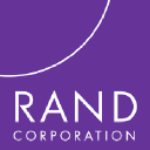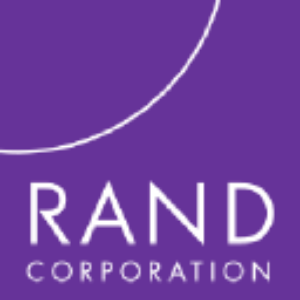Welcome to our dedicated page for Rand Capital SEC filings (Ticker: RAND), a comprehensive resource for investors and traders seeking official regulatory documents including 10-K annual reports, 10-Q quarterly earnings, 8-K material events, and insider trading forms.
Tracking changes in Rand Capital’s net asset value across dozens of private holdings can feel like navigating alphabet soup. Each quarterly 10-Q details new fair-value marks, incentive fee accruals, and leverage ratios, while 8-K updates surface material events that may affect dividends. When you also need to monitor Rand Capital insider trading Form 4 transactions and reconcile them with management’s fee structure disclosed in the proxy, the research load escalates quickly.
Stock Titan’s AI turns those challenges into clear answers. Our platform ingests every Rand Capital quarterly earnings report 10-Q filing, Rand Capital annual report 10-K simplified, and real-time Rand Capital Form 4 insider transactions, then delivers concise summaries of NAV movements, portfolio company exits, and interest-income trends. Interactive tools highlight dividend coverage, while instant alerts flag new 8-K items�Rand Capital 8-K material events explained before markets open. Need the proxy? We map the compensation table so you can see how incentive fees align with shareholder returns—perfect for anyone searching �Rand Capital proxy statement executive compensation.�
Whether you’re comparing yield to other BDCs or simply want �Rand Capital SEC filings explained simply,� our coverage is complete: 10-K, 10-Q, 8-K, Schedule 13D/G, and every Rand Capital executive stock transactions Form 4—all updated the moment EDGAR posts. Investors use this intelligence to assess credit quality across portfolio companies, watch for insider sentiment shifts, and dive into �Rand Capital earnings report filing analysis� without wading through 200-page PDFs. Save hours, gain clarity, and make informed decisions with understanding Rand Capital SEC documents with AI.
Rand Capital (RAND) Q2-25 10-Q highlights: Net assets slid to $56.7 m from $65.3 m at 12/31/24, driving NAV/share down 24.5% to $19.10. The decline was driven by $10.2 m of unrealized depreciation, mainly within affiliate holdings, which more than offset stronger net investment income.
Income statement: Total investment income fell 25% YoY to $1.6 m as interest from portfolio companies contracted. A $1.49 m reversal of capital-gains incentive fees swung expenses to a $0.86 m benefit, producing $2.48 m net investment income versus a $0.52 m loss last year. However, the unrealized mark-downs produced a $7.74 m net decrease in net assets from operations (-$2.60/share).
Balance sheet & liquidity: Portfolio fair value dropped 26% to $52.4 m; cash rose to $4.4 m after fully paying down a $0.6 m credit-line balance. Liabilities shrank to $0.93 m (vs. $7.12 m) as incentive fee and dividend accruals were cleared.
Portfolio mix: Level-3 investments represent 100% of holdings; affiliate positions dominate (75% of NAV). Key exposures include Seybert’s Billiards (14.3% of NAV) and BMP Food Service Supply (12.3%). Control assets are just 3.5% of NAV.
Cash flow & capital return: Operations generated $8.1 m largely from loan repayments. RAND paid $3.9 m cash dividends YTD and declared an additional $0.86 m stock dividend.
On August 4 2025, Rand Capital Corporation filed an 8-K to furnish materials related to its second-quarter 2025 results. Under Item 2.02, the Company states that it has issued a press release (Exhibit 99.1) announcing Q2 results; however, the filing itself does not include any financial metrics. Under Item 7.01, Rand notes that an updated slide deck used for the earnings conference call will be posted in the Investor section of its website. Both disclosures are expressly furnished—not filed—so they carry no Section 18 liability and are excluded from automatic incorporation by reference.
No other material events, transactions, or quantitative data are presented in this report.


